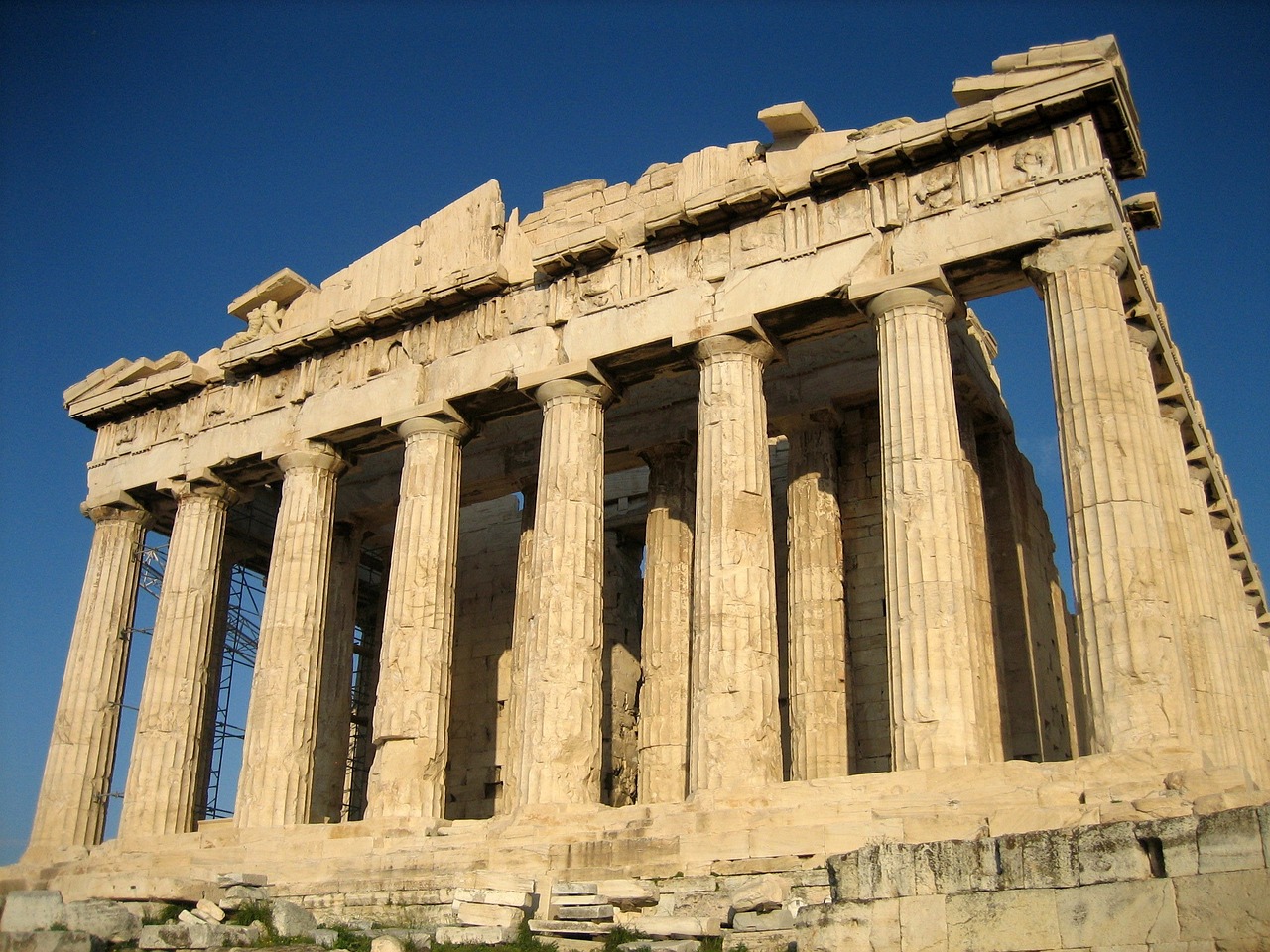Simpson and His Donkey

Simpson and his donkey have become part of the Anzac legend.
Simpson and his donkey transported wounded men from the fighting in Monash Valley of the Gallipoli Peninsula down to the first-aid station at Anzac Cove.
John Kirkpatrick (6 July 1892 – 19 May 1915), commonly known as John Simpson, was a stretcher bearer with the 3rd Australian Field Ambulance during the Gallipoli campaign from 19 February 1915 to 9 January 1916, by the Allies to capture Constantinople, capital of the Ottoman Empire, during the First World War (1914 to 1918).
The war pitted the Central Powers—mainly Germany, Austria-Hungary, and Turkey—against the Allies—mainly France, Great Britain, Russia, Italy, Japan, and, from 1917, the United States.
Constantinople
Constantinople was the capital of Orthodox, Byzantine Empire from 395 AD to 1453 AD and assumed pre-eminence over other Orthodox Christian centers in the East as Rome did in the West - it was the Queen of Cities in the early Middle Ages to what Athens had been in Classical Antiquity (8th century BC to 5th century BC.
During World War I (1914-1918), French, British, and Allied Empire Forces (Australian, New Zealand, Newfoundland, Irish and Indian) fought in and near the Gallipoli Peninsula to seize a strategic advantage and to secure a sea route to relieve their eastern ally, Russia.
The Ottomans set up defensive fortifications along the high ground on the ridges of the peninsula to contain the invading forces.
Gallipoli
The name Gallipoli is derived from the Greek 'Kallipolis' which literally means “good city" and "beautiful city" with a rich history and is well documented in Greek writings throughout the centuries - in antiquity, the peninsula was known as the Thracian Chersonese (Ancient Greek: Θρακικὴ Χερσόνησος).
Greeks of Turkey in World War I

Simpson and his Donkey
Greeks had lived in Asia Minor (now Turkey) for over three thousand years.
The first and most important Orthodox Christian, Byzantine Empire was located here and where so many Greek Orthodox Saints who preached the Gospel of Christ were born which included Saint Paul (a Jew), Saint Timothy, Saint George, Saint Nicholas, Saint Spyridon and Saint Helene (the mother of the Roman Emperor, Constantine the Great who is revered as a Saint in the Orthodox Church.
Before the Allied landings in April 1915, the Turks began deporting Greeks from Gallipoli, the surrounding region and from the islands to the interior and then their homes were plundered - women and young girls were raped and many Greeks died from starvation.
Others were deported by being forced onto crowded steamers while men of military age were removed for forced labor in the battalions of the Ottoman army - the rest were "scattered among the farms like ownerless cattle."
Among the causes of the Turkish campaign against the Greek-speaking Christian population was a fear that they would welcome liberation by the Allies.
Early Life
Simpson and his Donkey
John Simpson was born on 6 July 1892 in Eldon Street, Tyne Dock, South Shields, County Durham, England to Scottish parents, Sarah Kirkpatrick (née Simpson) and Robert Kirkpatrick.
He was one of eight children, and attended Barnes Road Junior School and later Mortimer Road Senior School.
As a youth, he worked with donkeys during summer holidays, a skill that would aid and make him famous in in the years to come.
At 16, he volunteered to train as a gunner in the Territorial Force, as British Army reserve units were known at the time, and in early 1909 he joined the British Merchant Navy that eventually led him to Australia in May, 1910 where he deserted his ship at Newcastle, New South Wales.
He travelled widely in Australia, taking on various jobs, such as cane-cutting in Queensland and coal mining in the Illawarra district of New South Wales and then found work as a steward, stoker and greaser on Australian coastal ships.
Simpson and his Donkey

The Australian Government established the Australian Imperial Force (AIF) in August 1914 and immediately began recruiting men to serve the British Empire in the war.
John Kirkpatrick enlisted in the Australian Imperial Force after the outbreak of World War I, (also known as the Great War) apparently as a means of returning to England.
He enlisted as "John Simpson", and may have dropped his real surname to avoid being identified as a ship deserter.
Simpson enlisted as a field ambulance stretcher bearer on 23 August 1914 at Swan Barracks, Francis Street, in Perth, and undertook training at Blackboy Hill Training Camp and then assigned to the 3rd Australian Field Ambulance with the regimental number 202.
He landed on the Gallipoli Peninsula (Anzac Cove) on 25 April 1915 as part of the 1st Australian Division and began using donkeys over rough, steep terrain to carry wounded soldiers fighting in Monash Valley to the first-aid station at Anzac Cove singing and whistling to ignore the bullets flying through the air from where they could be evacuated.
Simpson used at least five different donkeys, known as "Duffy No. 1", "Duffy No. 2", "Murphy", "Queen Elizabeth" and "Abdul" at Gallipoli.
Sadly, some of the donkeys were killed or wounded in action.
He and the donkeys soon became a familiar sight to the Anzacs, many of whom knew Simpson by the nicknames such as "Scotty" (in reference to his ancestry) "Simmy" and sometimes referred to as "Murphy."
Other Anzac stretcher bearers began to emulate Simpson's use of the donkeys.
The Humble Donkey
They can travel quickly over rough country, even when weighed down with a heavy load.
Many donkeys were brought ashore at Gallipoli to help haul ammunition, supplies and water from Anzac Cove up the steep hillsides to the men in the trenches.
They also became walking ambulances.
The Donkey That Served Jesus
More than 2000 years ago, a donkey carried our Blessed Virgin Mary from Nazareth to Bethlehem just before Jesus was born, and then returned to Nazareth forty days after His Birth.
On the first Palm Sunday, Jesus made His Triumphal Entry into Jerusalem on a donkey.
The King of Kings and, Light of our world demonstrated His humility by riding on a humble donkey.

ANZAC

Simpson and his Donkey
ANZAC stands for Australian and New Zealand Army Corps - the soldiers in those forces became known as ANZACs.
Their informal name was the Diggers.
On the 25th of April 1915, Australian and New Zealand soldiers formed part of the allied expedition that set out to capture the Gallipoli Peninsula - the date of the landing, 25 April, is known as "ANZAC Day."
Anzac Day is a commemoration of the anniversary of the landing of Australian and New Zealand troops at Gallipoli, Turkey on 25 April in 1915.
The campaign was the first major military action of Australia and New Zealand (or ANZACs) as independent dominions.
The battle has become the legend of Australian military history and a symbol of the Birth of a Nation - Australia.
It remains the most significant commemoration of military casualties and "returned soldiers" in Australia and New Zealand.
The Australian War Memorial estimates that 8,141 Australians lost their lives and 18,000 were wounded during the Gallipoli Campaign.
From a population of fewer than five million, 416,809 men enlisted, of which over 60,000 were killed and 156,000 wounded, gassed, or taken prisoner.

Aftermath of World War I

Simpson and his Donkey
World War I ended with the defeat of the Central Powers.
Four great imperial dynasties fell:
Germany
Russia
Austria-Hungary
Turkey
It resulted in the Bolshevik Revolution in Russia.
Destabilization of European society after World War I laid the groundwork for World War II.
Youngest to Die
James Charles Martin (3 January 1901 – 25 October 1915) was the youngest Australian known to have died in World War I.
He was only 14 years and nine months old when he succumbed to typhoid during the Gallipoli campaign.
Death

Simpson and his donkey continued his work for three and a half weeks – often under fire, until he was killed by machine-gun fire during the third attack on Anzac Cove on 19 May, 1915 - he was only 22 years old.
He was buried at the Beach Cemetery.
Private Victor Laidlaw, with the 2nd Field Ambulance, wrote in his diary of Simpson's death:
"Another fatality I found out today – was a private in the 1st Field Ambulance, he had been working between the base and the firing line bringing down wounded on a donkey, he had done invaluable service to our cause. One day he was bringing down a man from the trenches and coming down an incline he was shot right through the heart, it is regretted on all sides as this chap was noticed by all, and everybody got to know him, one couldn't miss him as he used to always work with his donkey, cheerful and willing, this man goes to his death as a soldier."
Growth of the Legend

Simpson and his donkey have become part of the Anzac legend that was published in a 1916 book, Glorious Deeds of Australasians in the Great War.
A silent film based on Simpson's exploits, Murphy of Anzac, was released in 1916.
His life inspired the 1938 radio play The Man with the Donkey.
The Australian government announced that Australia would present to Australian Army and Royal Australian Navy veterans of the Gallipoli campaign in 1915, an Anzac Commemorative Medal to Gallipoli veterans shortly before Anzac Day 1967.
The medallion and lapel badge featured Simpson and his donkey.
They were also portrayed on a series of Anzac postage stamps issued on 14 April 1965.
Colonel (later General) John Monash wrote: "Private Simpson and his little beast earned the admiration of everyone at the upper end of the valley. They worked all day and night throughout the whole period since the landing, and the help rendered to the wounded was invaluable. Simpson knew no fear and moved unconcernedly amid shrapnel and rifle fire, steadily carrying out his self-imposed task day by day, and he frequently earned the applause of the personnel for his many fearless rescues of wounded men from areas subject to rifle and shrapnel fire."

Ezine Articles Author Link
Click on the Link Below

Newsletter Opt-in-Form
The Keen Traveler
Your second block of text...
Recent Articles
-
The Power of Money
Mar 23, 25 03:53 AM
The power of money provides financial security, enables one to fulfill financial needs, improves the quality of life and gives peace of mind during unexpected financial emergencies. -
Simplicity tranquility and enlightenment
Mar 16, 25 06:01 AM
Simplicity tranquility and enlightenment empowers the individual to live lighter and to add value to life through meaningful goals. -
Faith History and Culture
Jan 02, 25 12:48 AM
Faith history and culture have impacted human history in all places and times.


